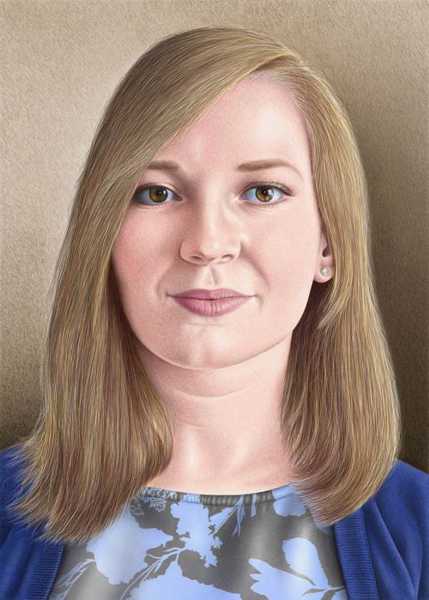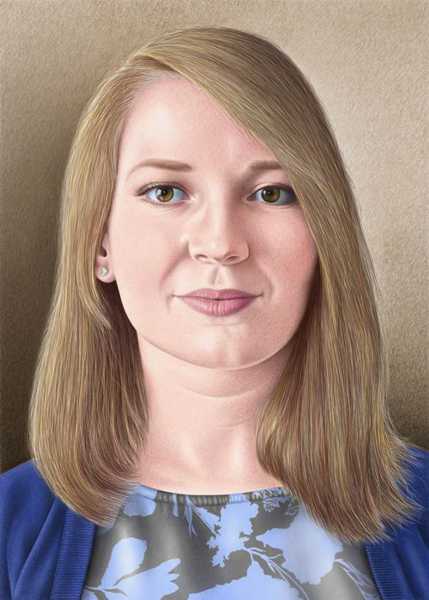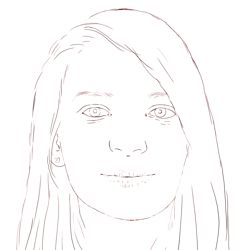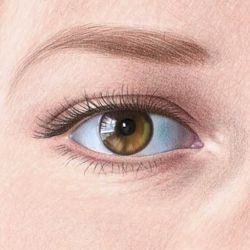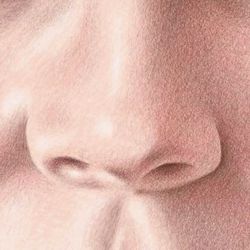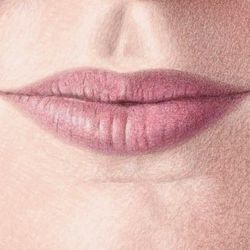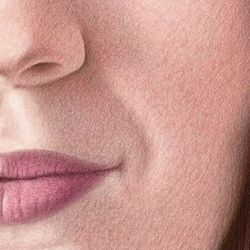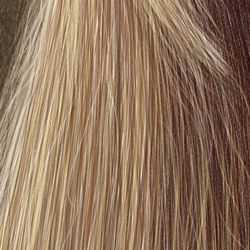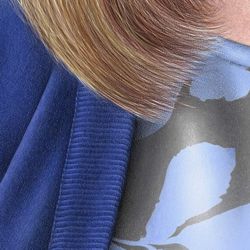Color Pencil Portraits - Materials and Techniques
This lesson teaches you about the drawing materials and techniques we have used to create our color pencil portrait of a girl.
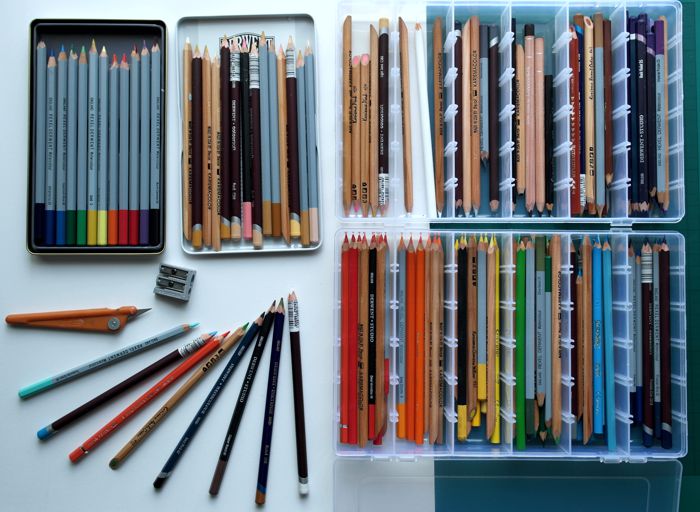
Color pencils come in a wide range of colors, tints and shades, with hard, soft, soluble, blendable and erasable pigments that make them an ideal drawing medium for this style of portraiture.
-
You can purchase boxed sets of color pencils or choose them individually for their unique qualities.
-
Box sets are very convenient but you will probably find that there are a few of the pre-selected colors you rarely use.
-
Box sets are ideal when you are starting out, but as you gain experience and start to learn how different types of pencils perform, you will probably start to purchase your pencils individually to meet your personal needs.
-
Different manufacturers also produce slightly different grades of pencils which have their own distinct qualities and strengths.
-
Color pencils with hard thin cores are excellent for detailed work. They can be sharpened to hold a fine point which will give you clean lines and crisp edges.
-
Color pencils with soft thick cores are ideal for blending, shading large areas and for strong expressive strokes of color.
-
Color pencils with water-soluble cores can be blended with a wet brush to achieve a translucent watercolor effect.
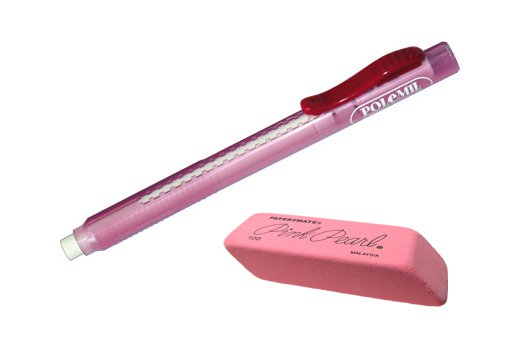
Erasers are a useful tool in color pencil drawings
In color pencil drawing erasers are not solely used for rubbing out your mistakes.
-
They are a useful tool for creating highlights by removing pigment from the surface of the page to let the white of the paper shine clearly through the color. This creates a more vibrant highlight on white paper than you are able to achieve by using a white color pencil.
-
You should invest in an eraser that you can sharpen to a fine point for 'drawing' into color. Examples of this technique are used at various stages throughout our color pencil portrait.
Papers for color pencil drawings.

Four paper textures graded from a smooth to a rough grain.
Suitable papers for color pencil drawings come in a variety of weights and textures.
- The type of paper that you choose will have a considerable effect on the quality of your drawing.
- A smooth grained paper will assist you with the drawing of fine detail.
- A rough grained paper may hinder such precision but could prove more effective with an expressive approach to drawing.
For our Color Pencil Portrait Lesson, we would recommend that you choose a smooth grained Cartridge paper of around 250 gms. The advantage of using such a heavyweight paper is that it should not buckle or crease if you use an eraser. If you use a lighter weight paper, it is advisable to tape it to your drawing board with another sheet below to prevent the transfer of any irregularities on the surface of your board.
Techniques to discover mistakes
Click on the flip icon to view a mirror image
There are several techniques you can use to help you look at your work with a fresh pair of eyes:
-
Look at your drawing in a mirror. The reversal of your image is enough of a change to help you see your work afresh.
-
Turn your drawing upside down to look at it and you will be able to see your errors more clearly.
-
Take a photograph of your drawing with your mobile phone and examine that. The change of scale and medium will alter the way you see the image and help you to notice any mistakes.

